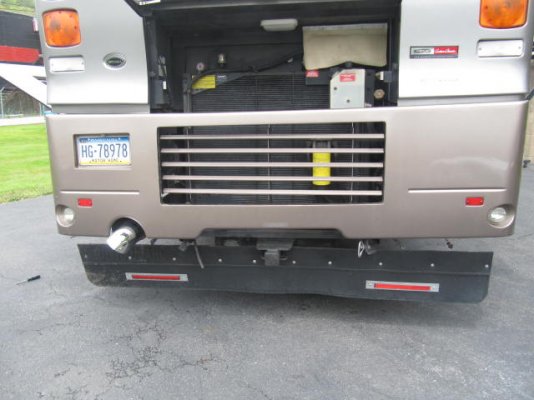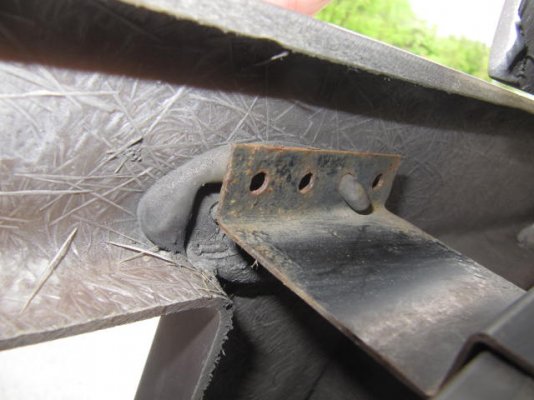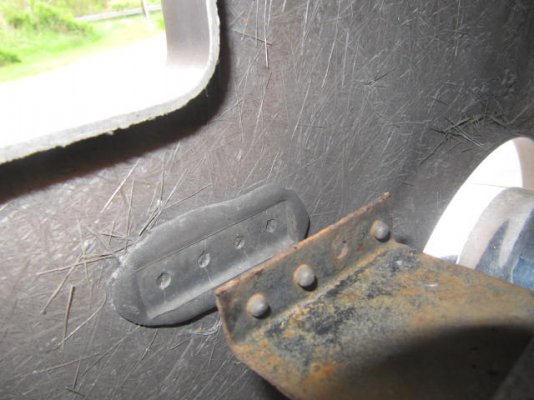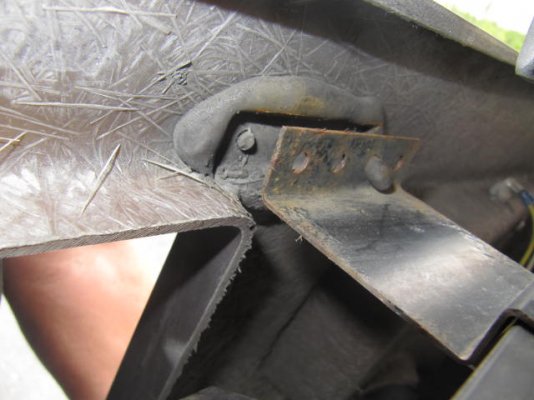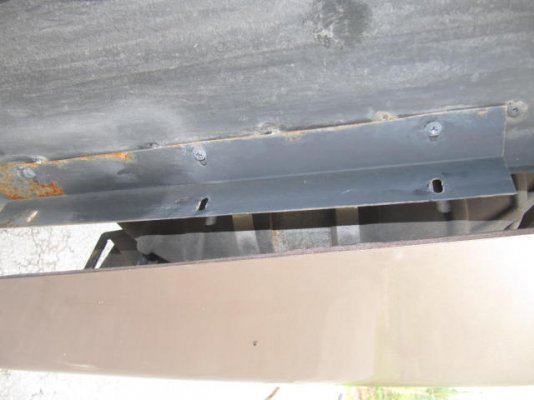wincom6
Well-known member
The rear panel on my 2004 Meridian has broken away from the mounts that holds it to the frame. After inspecting, I discovered the mounts are glued or bonded to the panel. Has anyone encountered this problem and what kind of bonding agent did you use to repair it? As I look at the panel, it looks like some of the mounts that are still holding are in a place that is almost impossible to get a screwdriver to.
Edit by John: changed message icon to Topic Solved
Edit by John: changed message icon to Topic Solved

